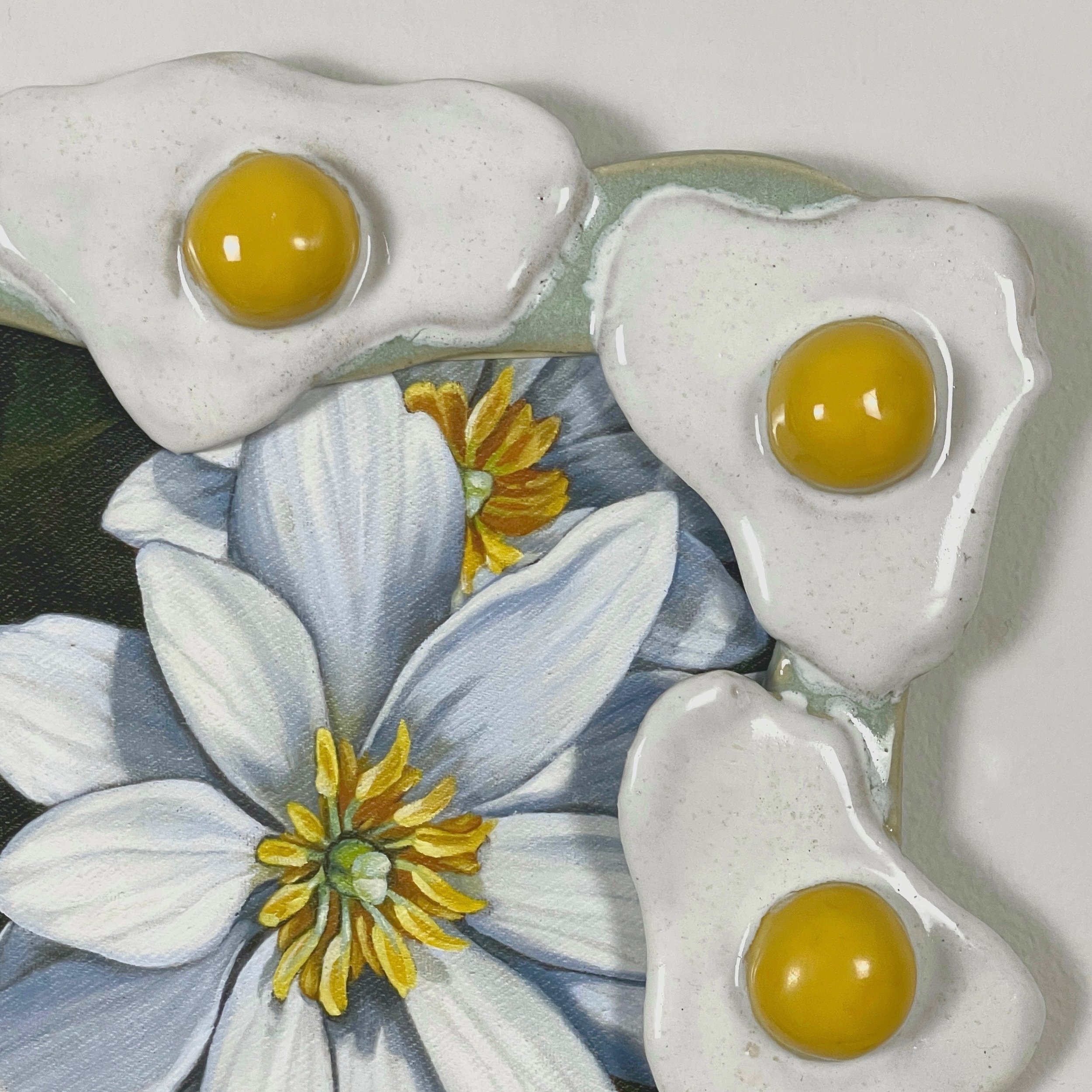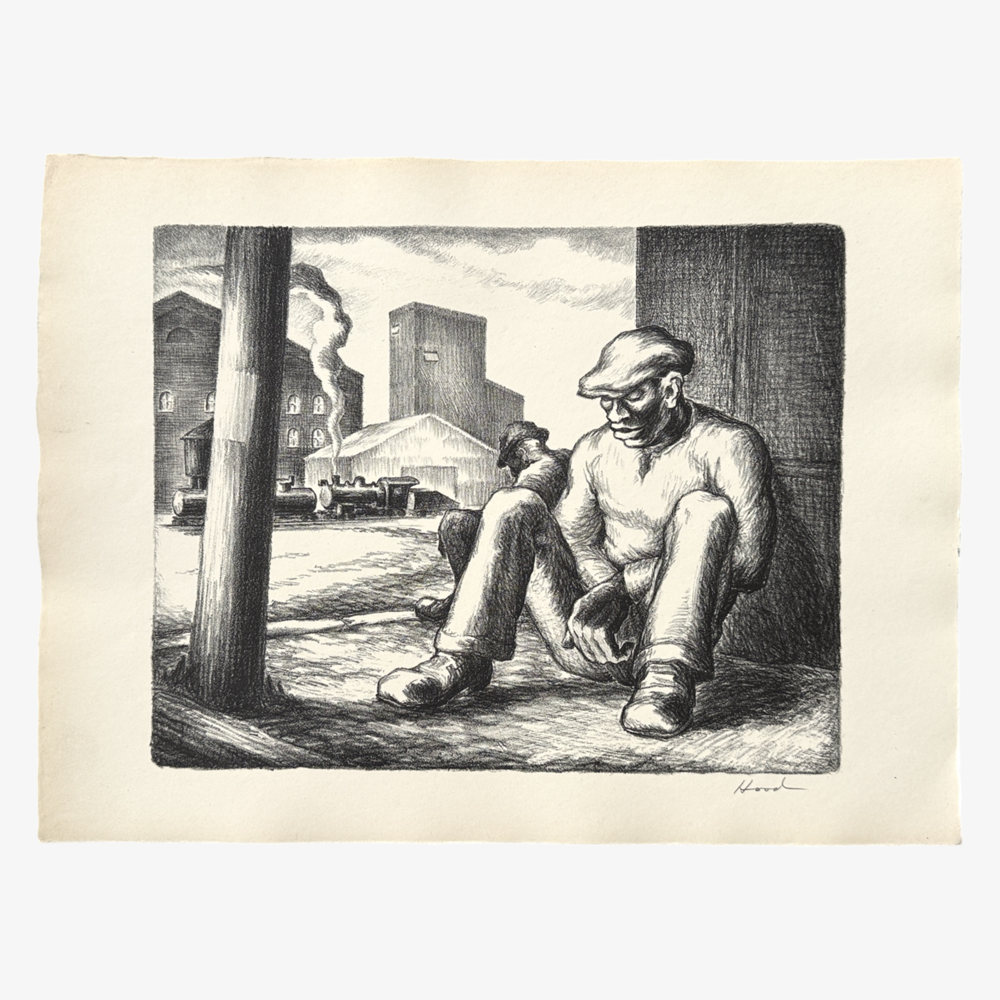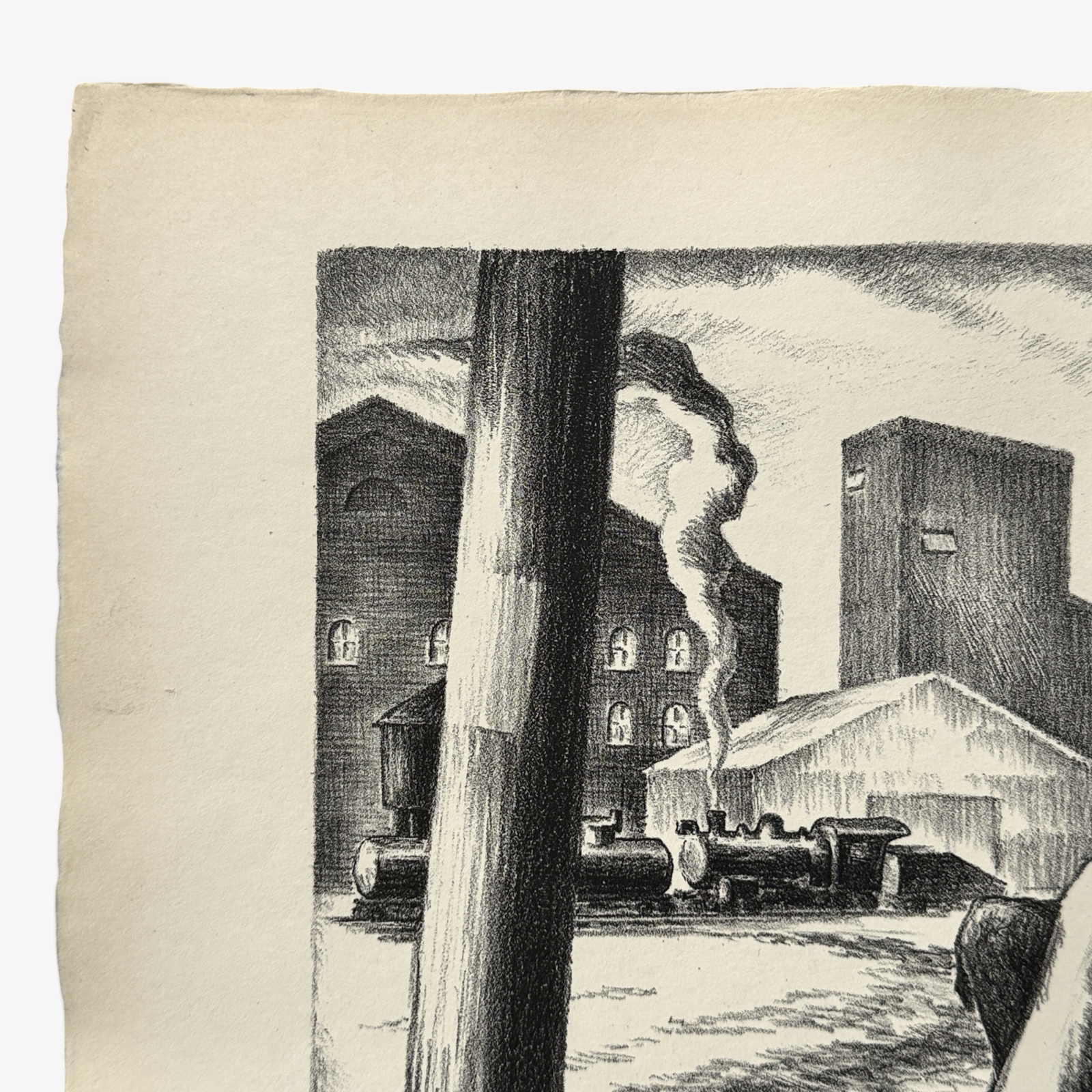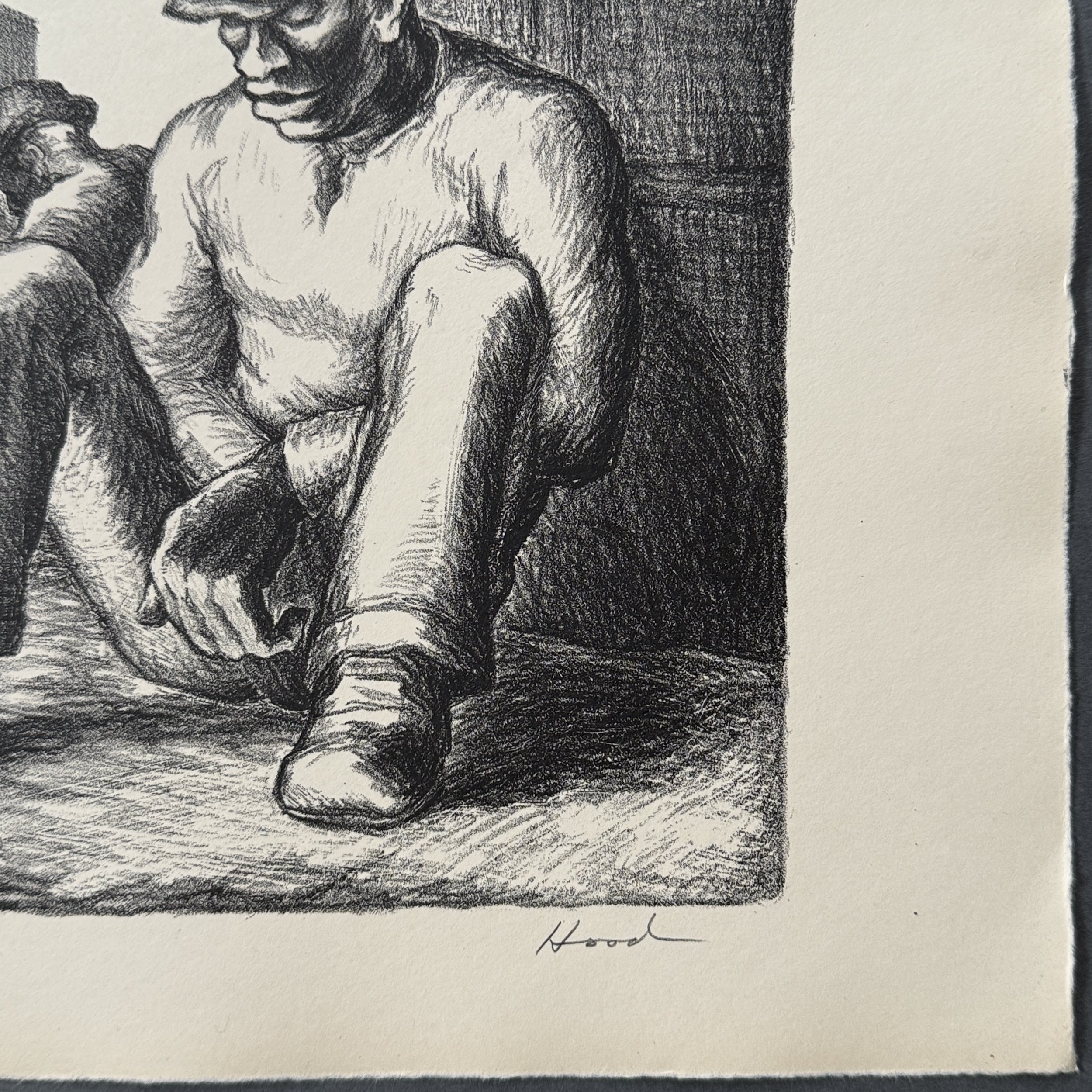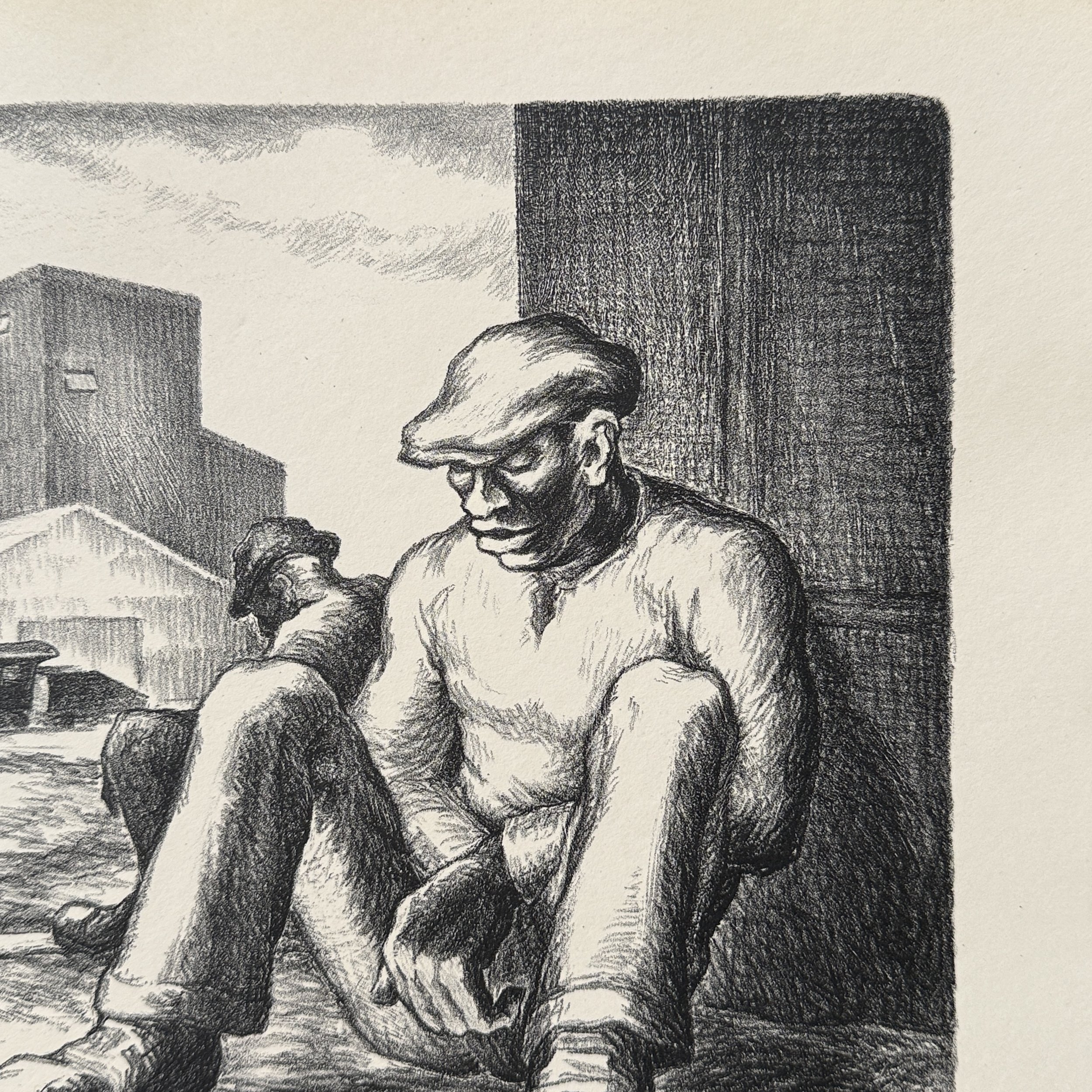Bridget Riley (English, b. 1931) - Op Art Giclée Print, Framed (ca. 1980)
Bridget Riley (English, b. 1931) - Op Art Giclée Print, Framed (ca. 1980). In very good condition with wear consistent with age. Housed under UV filtering non glare acrylic in a new white gallery frame.
Size: 23.5”W x 25”H
Riley was born at Norwood, London, the daughter of a businessman. Her childhood was spent in Cornwall and Lincolnshire. She studied at Goldsmiths' College from 1949 to 1952, and at the Royal College of Art from 1952 to 1955. She began painting figure subjects in a semi-impressionist manner, then changed to pointillism around 1958, mainly producing landscapes. In 1960 she evolved a style in which she explored the dynamic potentialities of optical phenomena. These so-called 'Op-art' pieces, such as Fall, 1963 (Tate Gallery T00616), produce a disorienting physical effect on the eye.
Bridget Riley (English, b. 1931) - Op Art Giclée Print, Framed (ca. 1980). In very good condition with wear consistent with age. Housed under UV filtering non glare acrylic in a new white gallery frame.
Size: 23.5”W x 25”H
Riley was born at Norwood, London, the daughter of a businessman. Her childhood was spent in Cornwall and Lincolnshire. She studied at Goldsmiths' College from 1949 to 1952, and at the Royal College of Art from 1952 to 1955. She began painting figure subjects in a semi-impressionist manner, then changed to pointillism around 1958, mainly producing landscapes. In 1960 she evolved a style in which she explored the dynamic potentialities of optical phenomena. These so-called 'Op-art' pieces, such as Fall, 1963 (Tate Gallery T00616), produce a disorienting physical effect on the eye.
Bridget Riley (English, b. 1931) - Op Art Giclée Print, Framed (ca. 1980). In very good condition with wear consistent with age. Housed under UV filtering non glare acrylic in a new white gallery frame.
Size: 23.5”W x 25”H
Riley was born at Norwood, London, the daughter of a businessman. Her childhood was spent in Cornwall and Lincolnshire. She studied at Goldsmiths' College from 1949 to 1952, and at the Royal College of Art from 1952 to 1955. She began painting figure subjects in a semi-impressionist manner, then changed to pointillism around 1958, mainly producing landscapes. In 1960 she evolved a style in which she explored the dynamic potentialities of optical phenomena. These so-called 'Op-art' pieces, such as Fall, 1963 (Tate Gallery T00616), produce a disorienting physical effect on the eye.





